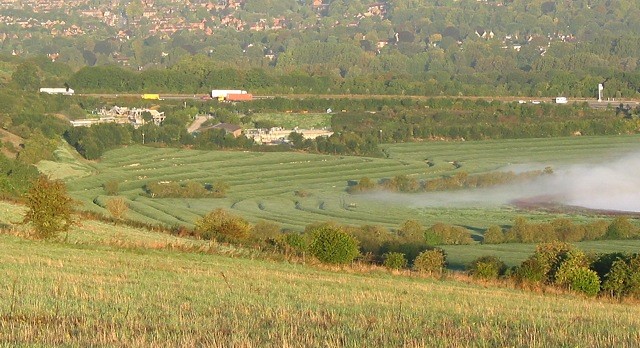Given that sewage typically contains a lot of fertilising minerals and other substances, the procedure will aid in raising crop yields.
Under the following circumstances, using the effluent irrigation method to dispose of sewage is recommended.
- When certain nearby natural rivers are not present.
- When irrigation water is in short supply, extensive irrigation can be carried out using sewage effluents.
- In places with little rainfall
- The presence of sandy, loamy, or alluvial soils
- In regions with a low water table.
Sewage Farming
The emphasis is placed on using sewage effluents to irrigate crops and improve the fertility of the land.
Ways to use sewage effluents on farms
- Broad irrigation, or surface irrigation
- Subsurface irrigation
- Irrigation via sprinklers or spray

Sewage sickness
The pores or voids in the soil may become filled with and clogged with the sewage matter trapped in them when sewage is applied constantly to an area of land. Of course, the type of soil will determine how long it takes for such a blockage to form.
Preventative actions
- Sewage primary treatment
- Land selection
- Poor drainage of the soil
- Resting the land
- Crop rotation
- Making use of shallow depths
